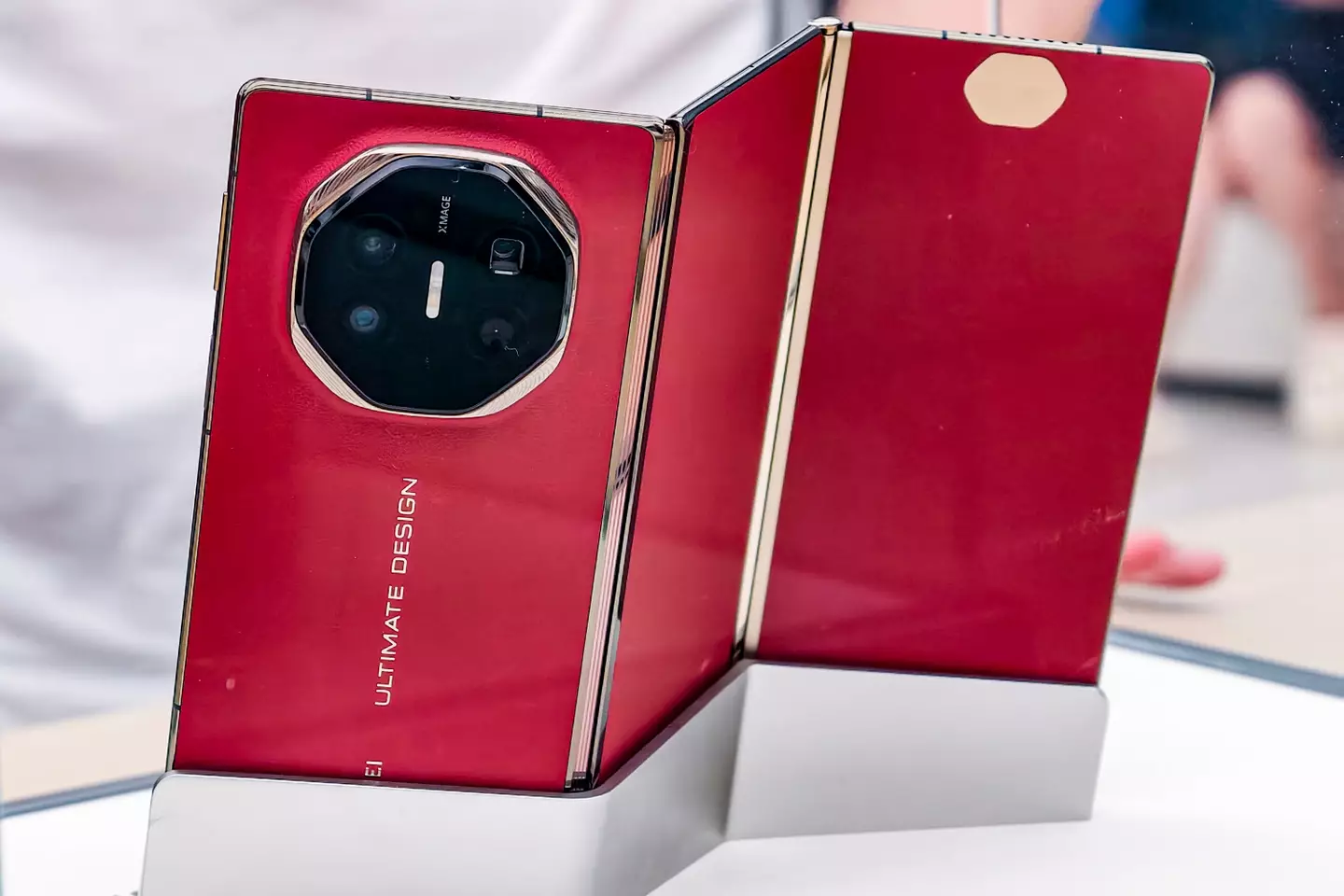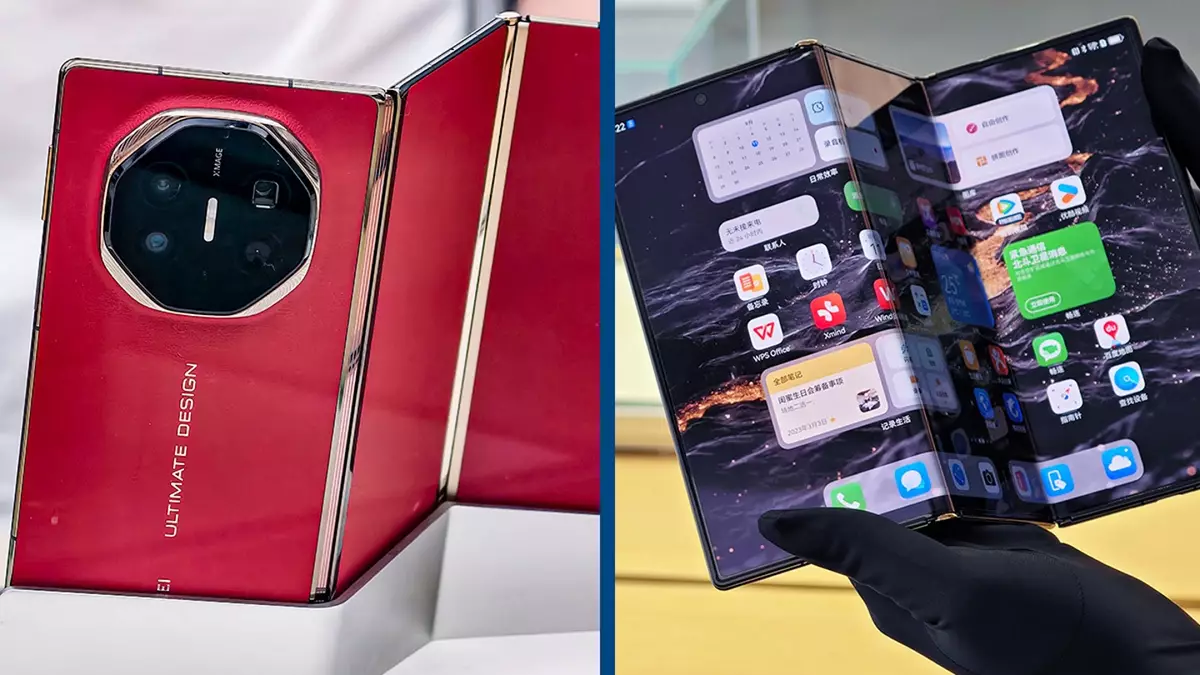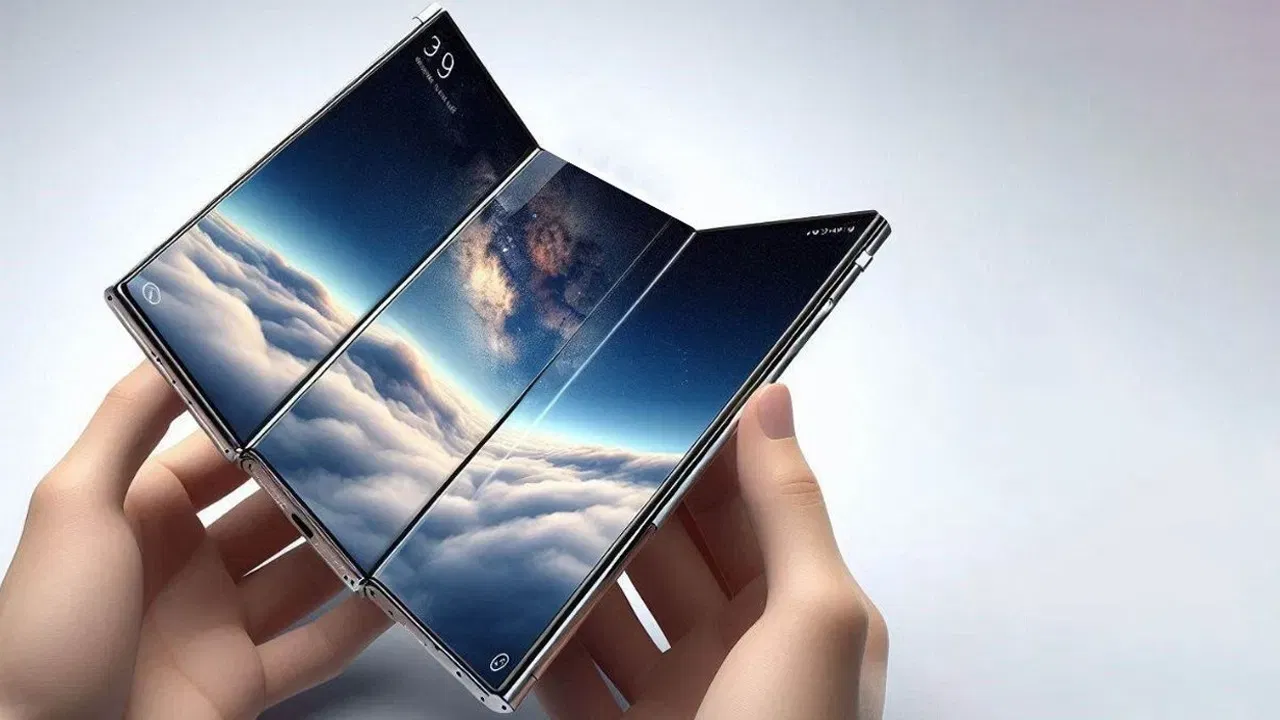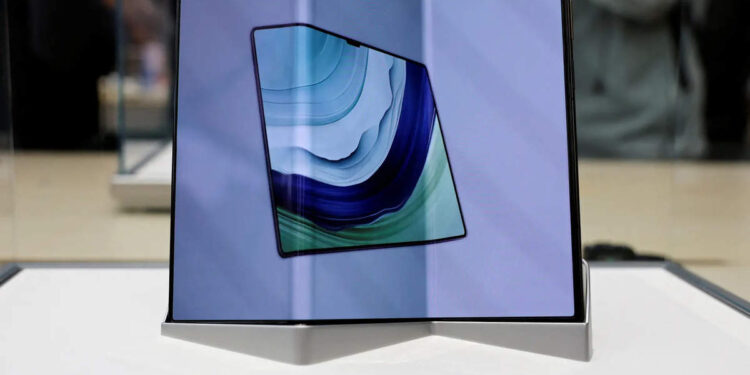In a world where technology evolves in the blink of an eye, Huawei has managed to outpace Apple with the release of its innovative Mate XT, casting a shadow over the much-anticipated launch of the iPhone 16. This development marks a pivotal shift in the dynamics of the global smartphone market, especially in China, where consumer expectations are as high as the stakes.

Apple’s AI Ambitions: A Promise Unfulfilled
The launch of Apple’s iPhone 16 series was set to be a monumental leap towards integrating artificial intelligence into daily smartphone use. However, the reveal left many underwhelmed as the AI features promised are still a work in progress and may take months to fully deploy worldwide. Needham analyst Laura Martin encapsulated the sentiment by suggesting that for Apple, “Next year will be better.” This delay not only dampens the initial excitement but also positions Apple at a disadvantage, particularly in the fast-paced Chinese market.
Huawei’s Timely Triumph
Contrasting sharply with Apple’s predicament, Huawei unveiled its Mate XT mere hours after the iPhone launch. The Mate XT is not just another smartphone; it’s a powerhouse equipped with advanced AI capabilities, thanks to Huawei’s homegrown Kylin CPUs. Huawei’s executive director, Richard Yu, highlighted during the unveiling that the Mate XT represents a five-year innovation milestone, showcasing the company’s resilience and ingenuity in the face of stringent US sanctions.
Moreover, the Mate XT has already garnered massive consumer interest with over four million pre-orders, a testament to its appeal. Its distinctive foldable design and immediate availability of sophisticated AI features like text summarization and photo editing set a new standard, making it a formidable contender in the global smartphone arena.

Regulatory Roadblocks and Market Reactions
Apple’s struggle extends beyond technical delays; regulatory hurdles in China pose another significant barrier. Despite numerous AI models getting the green light in China, none have been developed by foreign companies, including Apple. This regulatory maze not only slows Apple’s AI rollout but also questions the viability of its future launches in China.
In contrast, Huawei’s prompt release and activation of AI capabilities underscore its understanding and adaptation to local demands and regulations, further solidifying its market position. As Apple’s market share in China slips and Huawei’s climbs, the competitive landscape appears increasingly daunting for the American tech giant.

The Implications of Market Dynamics
The initial public response to these developments has been telling. Apple’s stock saw a downturn following the Huawei announcement, while Huawei’s strategic positioning has been lauded. The excitement that once surrounded new iPhone launches in China has noticeably cooled, replaced by anticipation for Huawei’s innovative products.

As Apple plans its next moves, the clock is ticking. The success of its future in China and potentially other markets heavily relies on its ability to seamlessly integrate AI technology in alignment with local regulations and consumer expectations. Meanwhile, Huawei’s ascendancy in the smartphone market serves as a reminder of the rapid pace of technological advancement and the relentless competition in the tech industry.
In conclusion, while Apple remains a beloved brand worldwide, its current challenges highlight the necessity for swift adaptation and innovation. Huawei’s Mate XT not only challenges the status quo but also sets a new benchmark for what consumers expect from their smartphones. As we look to the future, one thing is clear: the race for technological supremacy is far from over, and it’s anyone’s game.










